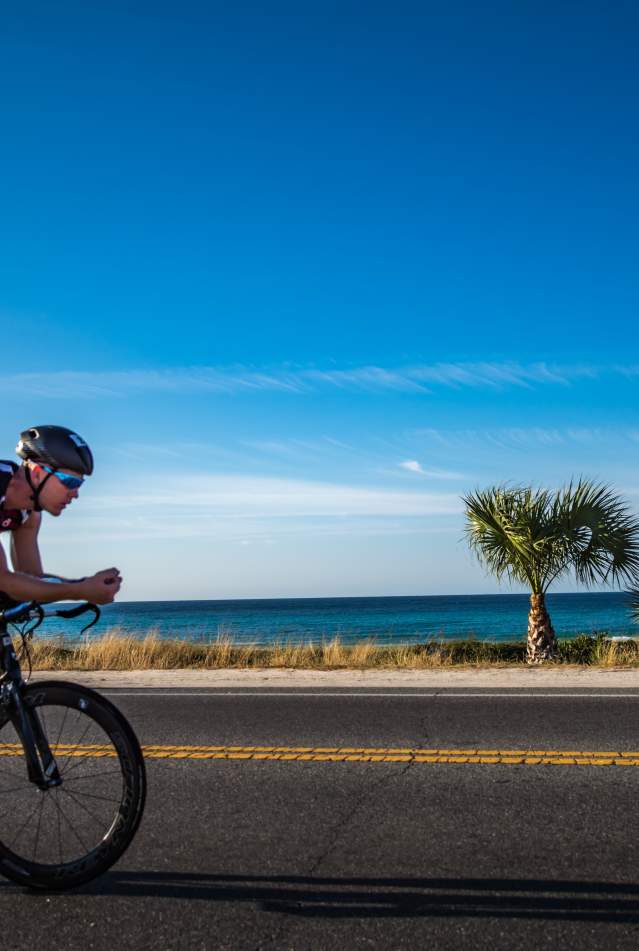It’s hard to describe how excited I am to be outside and on the water these days. The transition from winter to spring is a lot like the twilight before sunrise. Although it’s not quite spring yet, we can see it on the horizon and can feel the changes taking place. On land, the signs are obvious: grass is growing again, trees are budding and wildflowers are popping up everywhere. Changes are subtle under the water’s surface but there’s plenty happening. The overnight arrival of pinfish on the flats and schools of cow nose rays cruising in and out of the inlets are signs that life is returning to our little patch of paradise.
March is a great month to target several species of fish and one of the most popular is Spanish mackerel. These fish are aggressive predators with voracious appetites and provide plenty of fun for novice anglers, kids and anyone else who likes fast-paced action. Of the many ways to catch Spanish mackerel, trolling is probably the most popular, followed by casting jigs or spoons into schools of them. Both methods will fill the boat in a hurry if you get on some fish. You can usually find mackerel by watching for surface action, looking for bait schools getting harassed from below or seeing where birds are dive-bombing from the sky.
Another cool fish to target this month is the sheepshead. These black-and-gray striped fish provide a completely different fishing experience that can be quite rewarding or immensely frustrating. “Sheepies” are structure-oriented fish that forage on shrimp, crabs, barnacles, oysters and other creatures. While most fish violently attack their prey, sheepshead use their human-like teeth to nibble and mash their food before swallowing. That makes the timing of your hookset a test of patience and feel. Try using either live shrimp or fiddler crabs on a #2 circle hook with a split shot or a Carolina rig. Be sure to select the proper size lead based on current and depth so that your presentation looks natural.
Don’t miss a great chance to bag some redfish along the beaches as well as inshore on the flats. Big schools of reds are cruising along the shoreline and in the troughs along the beach. Finding these redfish can require covering a lot of water but, once you spot a school, get ready for some really great sight fishing action. Jigs, plugs and topwaters are great at enticing strikes even from the most discriminating fish. Fish along the beaches aren’t usually skittish but that’s not always the case on the flats. Inshore schools are typically much smaller in numbers than those along the beach but they’re all fun to catch!
Finally, the speckled trout continue to trickle out of the bayous and back onto shallow grass and sand flats. Broken bottom has always produced the best fish in terms of numbers and average size. The bigger fish tend to be in shallower water, along the shoreline or in potholes where mullet and other baitfish like to congregate. Topwater baits are always a staple for speckled trout but, like most predator fish, they will eat a variety of offerings. Shrimp patterns are the next best choice when targeting specks.
If you have questions about what's biting, how to catch them or would like to book a trip of your own, then give me a call or shoot me an email. Tight lines!

